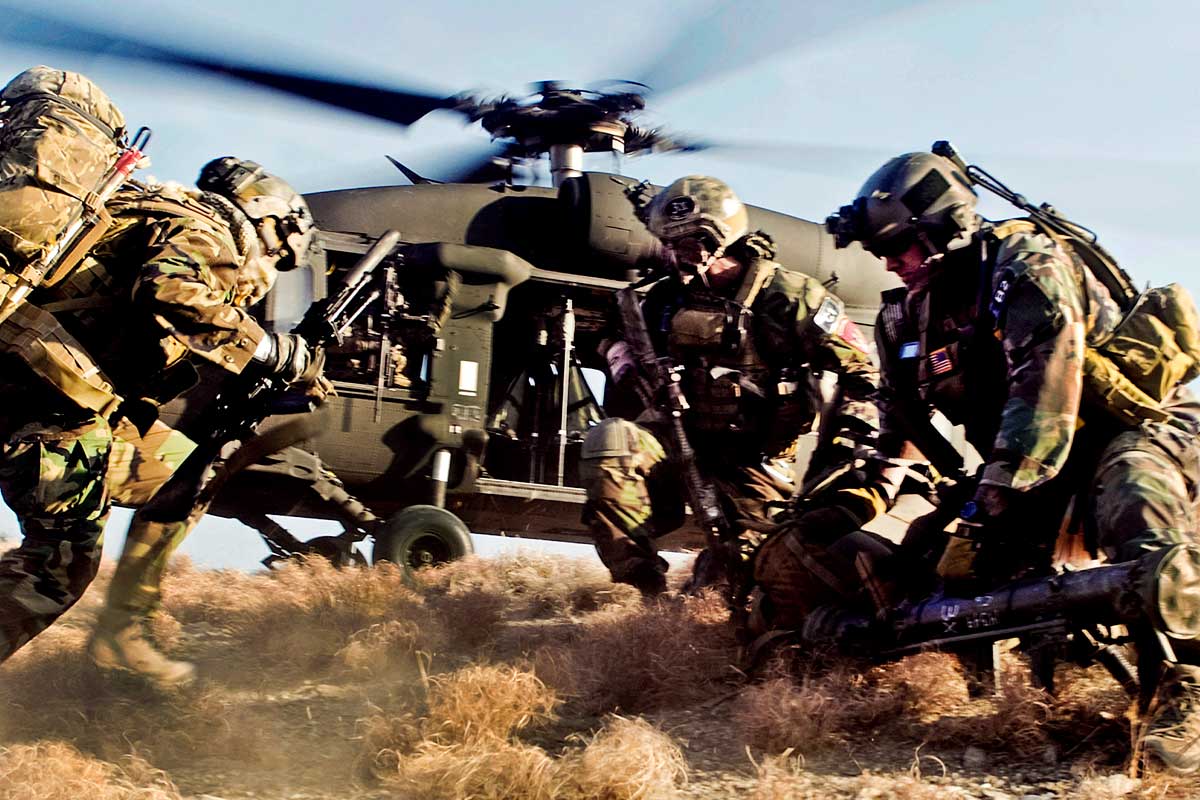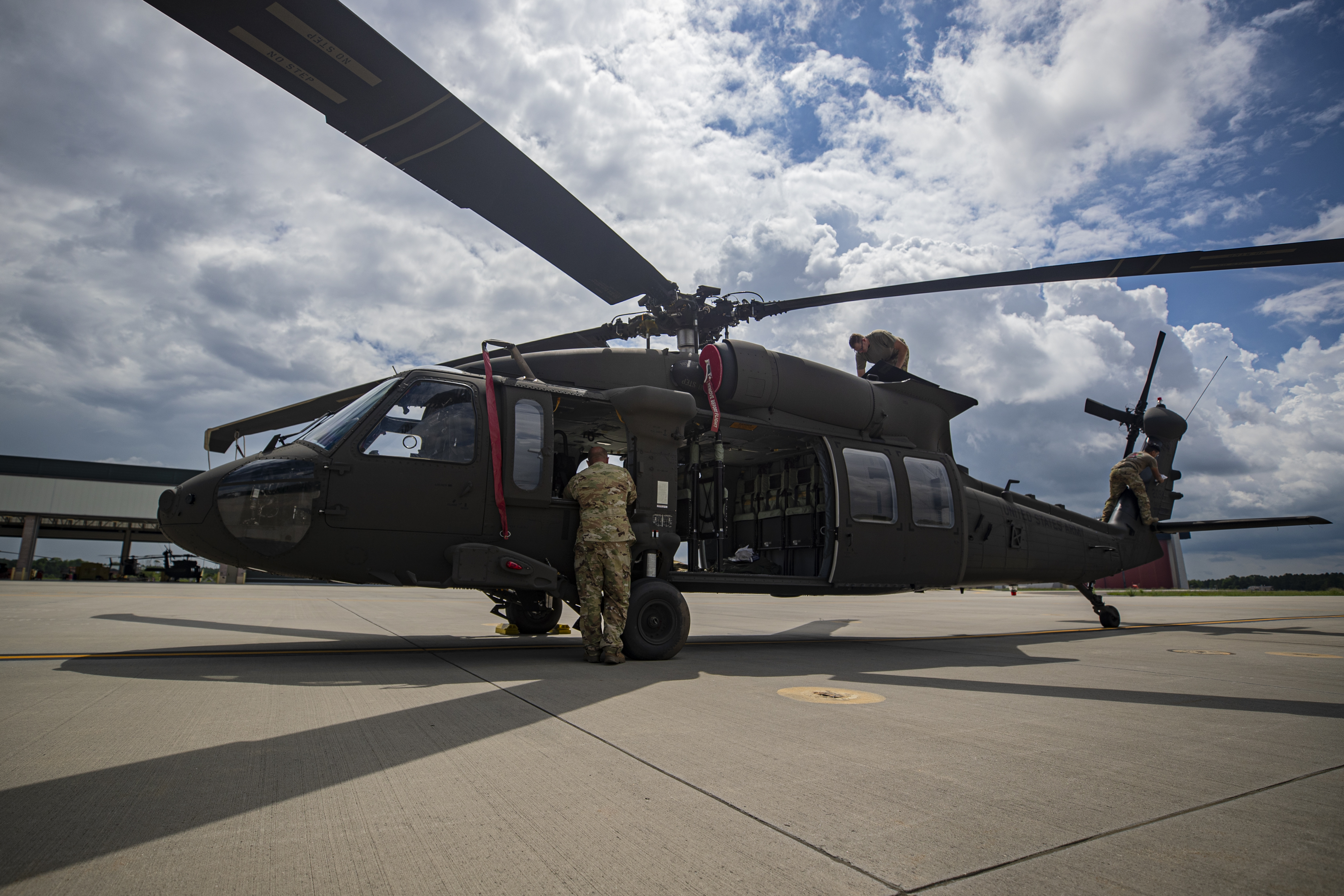UH 60 Black Hawk: From Concept to Contemporary Applications
UH 60 Black Hawk: From Concept to Contemporary Applications
Blog Article
The Effect of Lasting Practices on the Future of Aircraft Procedures and Emissions Reduction
As the aviation market deals with raising scrutiny over its ecological impact, the fostering of lasting methods becomes a crucial pathway toward future aircraft operations and discharges reduction. Technologies in lasting aviation fuels and improvements in hybrid propulsion modern technologies stand at the leading edge of this improvement, promising substantial reductions in greenhouse gas exhausts. Nevertheless, the effective combination of these efforts depends upon a range of aspects, consisting of governing structures and market cooperation. The concern remains: how will these advancing practices improve the characteristics of air traveling and add to a more lasting future?

Introduction of Lasting Practices
Sustainable methods in airplane operations incorporate a series of methods targeted at reducing environmental influence while preserving operational efficiency. These practices are crucial in the air travel market's dedication to minimizing its carbon impact and adhering to worldwide environmental requirements. Secret campaigns include maximizing trip paths to decrease gas consumption, boosting maintenance procedures to ensure aircraft run at peak performance, and implementing sophisticated technologies such as winglets and light-weight materials that boost aerodynamics.

Involving and educating personnel on sustainability practices likewise play a vital function, cultivating a culture of environmental obligation within organizations. Generally, the assimilation of these lasting methods not just helps in reducing exhausts but likewise enhances the lasting practicality of the aeronautics field, guaranteeing it meets the needs of both clients and regulatory bodies while adding to worldwide sustainability goals.
Ingenious Fuel Alternatives
Many cutting-edge gas alternatives are becoming critical solutions to lower the aeronautics industry's dependence on standard nonrenewable fuel sources. Among these choices, Sustainable Aeronautics Fuels (SAFs) have obtained considerable focus because of their prospective to reduce lifecycle greenhouse gas exhausts by as much as 80% compared to standard jet gas. SAFs are originated from various feedstocks, consisting of waste oils, agricultural residues, and also algae, making them a functional choice for the industry.
Another promising alternative is hydrogen gas, which, when made use of in fuel cells, creates only water vapor as a byproduct. Furthermore, electrical propulsion systems are being checked out, leveraging battery technology to power airplane.
Last but not least, biofuels stemmed from biomass are being explored, offering a sustainable alternative that can be blended with traditional gas. Collectively, these ingenious gas alternatives represent an essential action toward accomplishing a sustainable aeronautics environment, aligning with international discharges decrease targets and improving the sector's environmental stewardship.
Technical Innovations in Aeronautics

Exactly how can technological innovations reshape the future of aeronautics? Innovations such as hybrid and electric propulsion systems are at the center, promising considerable reductions in gas intake and greenhouse gas emissions.
Moreover, the application of sophisticated materials, such as lightweight compounds, contributes to boosted the rules of aerodynamics and fuel performance. Using expert system and artificial intelligence in flight operations maximizes path preparation and reduces gas burn by allowing real-time changes based upon climate and traffic conditions. In addition, the development of autonomous and remotely piloted airplane systems stands to reinvent cargo and traveler transportation, potentially increasing performance while lessening human mistake.
Additionally, sustainable air travel technologies, including advanced air web traffic monitoring systems, can improve procedures and decrease blockage, resulting in lower emissions during flight. These advancements collectively stand for a paradigm change in aviation, promising a future where sustainability and operational effectiveness are intertwined, therefore sustaining the industry's dedication to minimizing its environmental influence.

Regulatory Framework and Compliance
Taking into account the expanding focus on ecological stewardship within the air travel sector, the regulative structure controling airplane procedures is progressing to promote sustainable techniques. Regulative bodies, such as the directory International Civil Aviation Company (ICAO) and different national air travel authorities, are presenting strict standards focused on minimizing discharges and boosting functional efficiency.
These laws commonly consist of the adoption of Lasting Aviation Fuel (SAF), which has been acknowledged as a key element in accomplishing reduced carbon footprints. Furthermore, compliance with these regulations requires airlines to carry out operational practices and sophisticated technologies, such as enhanced trip paths and enhanced air traffic management, to reduce gas consumption.
Furthermore, the enforcement of exhausts trading systems and carbon countering initiatives is becoming progressively prevalent, compelling airlines to keep track of and report their emissions accurately. Non-compliance can cause significant charges, click this thus pressing drivers to focus on sustainability in their company models.
Eventually, the evolving regulatory landscape not just drives advancement and financial investment in green innovations yet additionally cultivates a society of accountability within the air travel sector. As these structures proceed to develop, the focus on sustainable methods will certainly be important to accomplishing the sector's long-term environmental objectives.
Future Patterns in Airplane Operations
As the air travel market adapts to a progressively rigorous regulatory environment, future patterns in aircraft operations are readied to focus on ingenious solutions that additionally improve sustainability and effectiveness - uh 60. Trick growths will likely consist of the fostering of sophisticated air web traffic administration systems, which utilize real-time information and expert system to enhance trip paths, minimizing fuel usage and emissions
Another considerable pattern is the boosted combination of lasting aviation fuels (SAFs) These choices to traditional jet gas, stemmed from renewable resources, can significantly reduce lifecycle greenhouse gas discharges. The market's dedication to SAFs will likely speed up as airlines team up with fuel producers to make certain schedule and cost-effectiveness.
In addition, the press in the direction of electrification and crossbreed propulsion systems is gaining energy. Emerging aircraft styles will include these modern technologies, using quieter and more efficient operations, particularly for short-haul trips.
Verdict
The adoption of sustainable aviation gas, coupled with advancements in electrical and hybrid propulsion systems, is important for reducing lifecycle greenhouse gas emissions. Optimizing flight paths and accepting ingenious innovations contribute to a quieter and more eco pleasant aeronautics field.
Technologies in lasting air travel gas and developments in hybrid propulsion technologies stand at the forefront of this makeover, encouraging considerable decreases in greenhouse gas emissions.Various innovative gas choices are emerging as essential services to minimize the air travel industry's reliance on conventional fossil fuels - uh 60. Amongst these choices, Sustainable Air travel Gas (SAFs) have actually obtained substantial focus due to their potential to decrease lifecycle greenhouse gas exhausts by up to 80% compared to standard jet gas.Another considerable trend is the increased assimilation of browse this site sustainable aviation gas (SAFs) The fostering of sustainable aeronautics fuels, coupled with developments in hybrid and electrical propulsion systems, is essential for reducing lifecycle greenhouse gas exhausts
Report this page